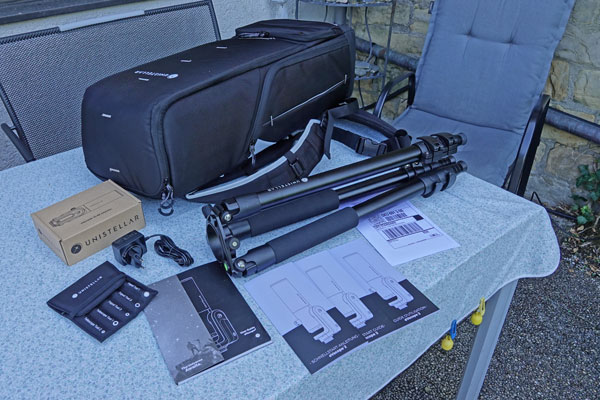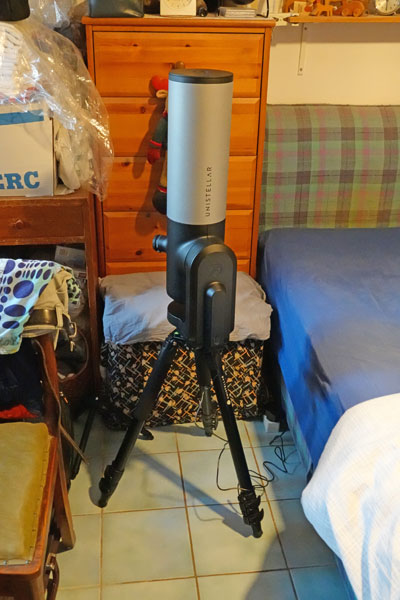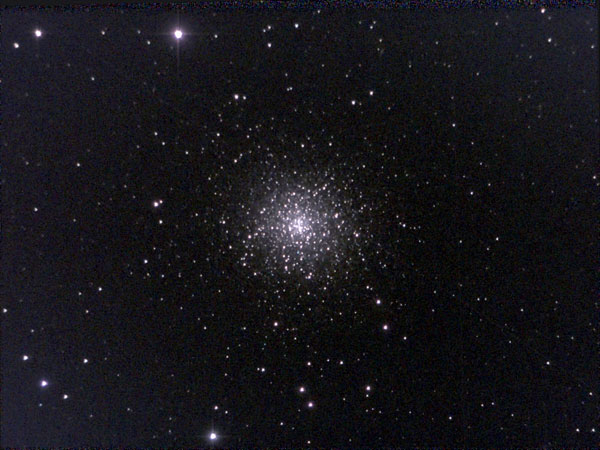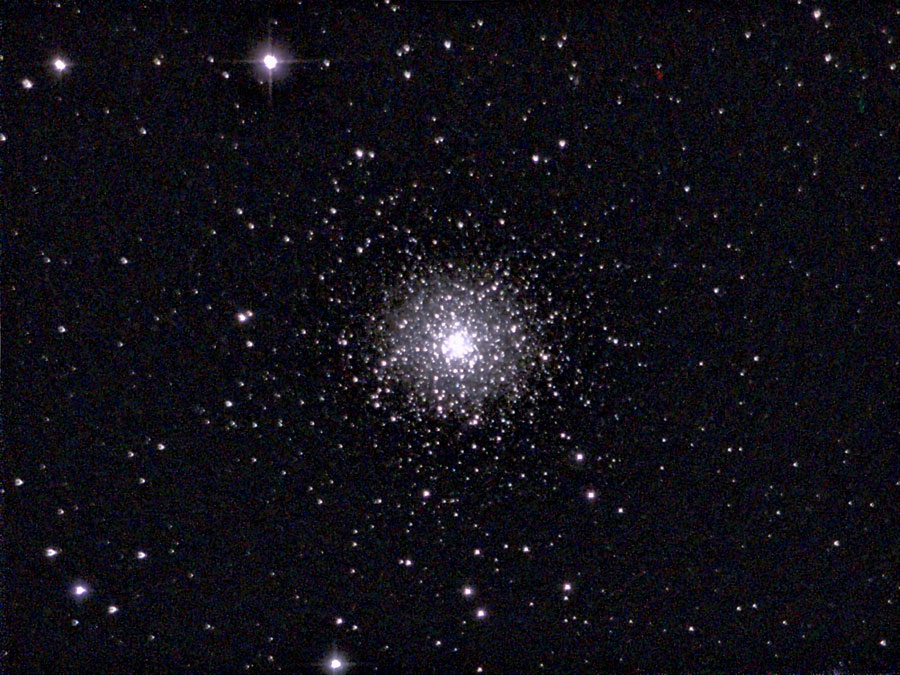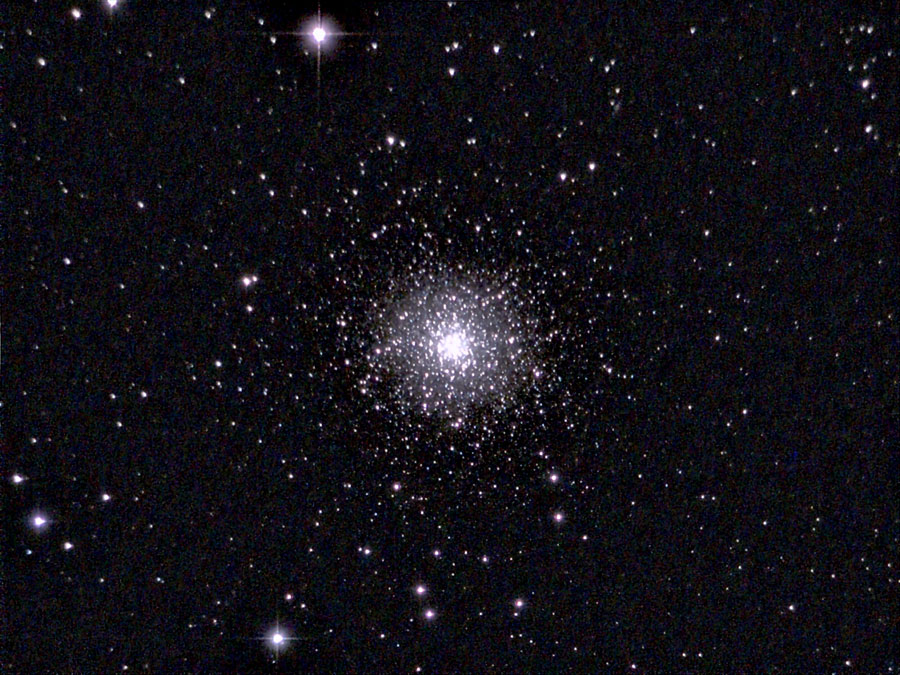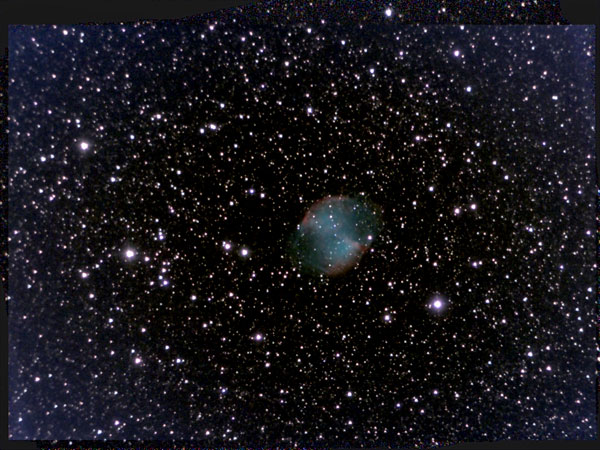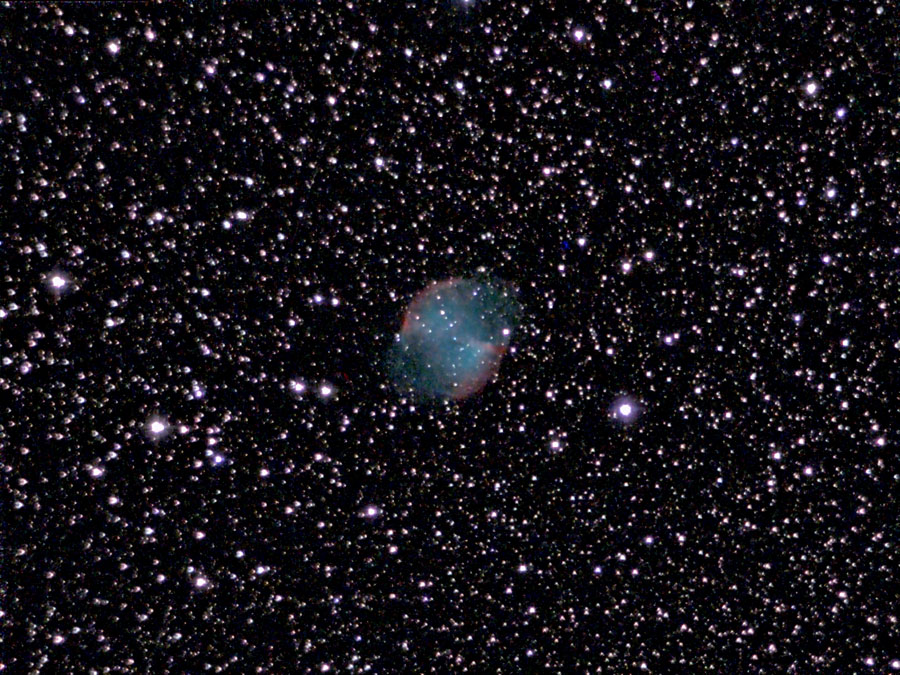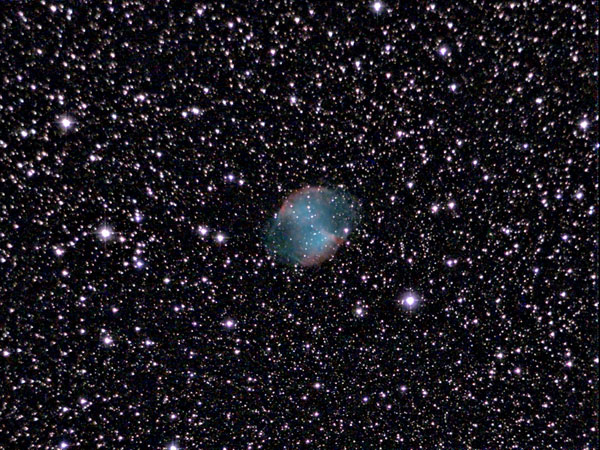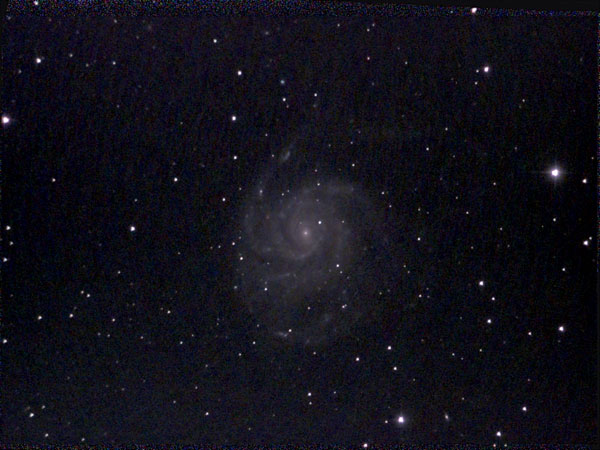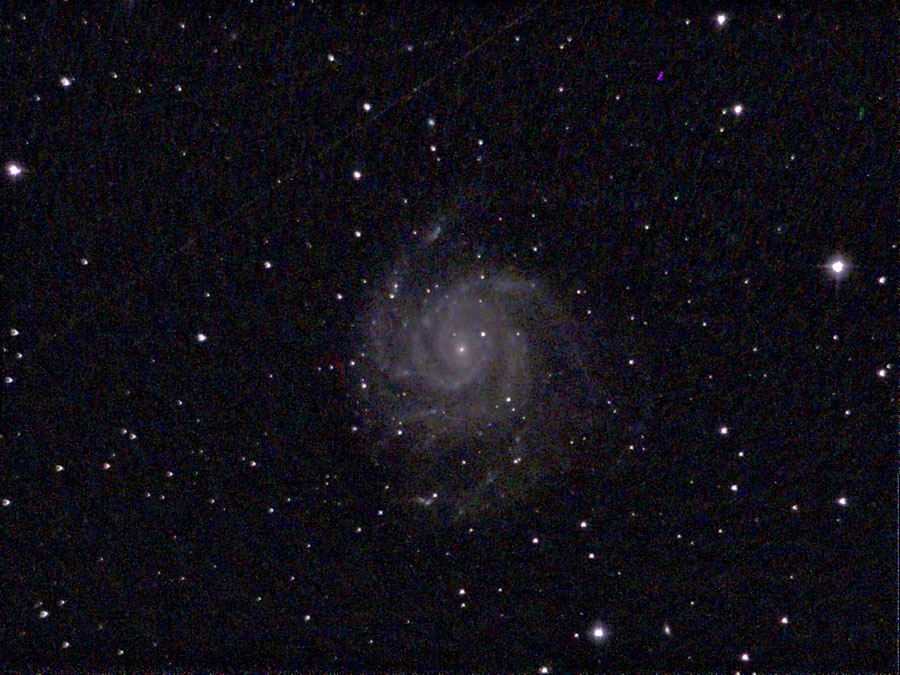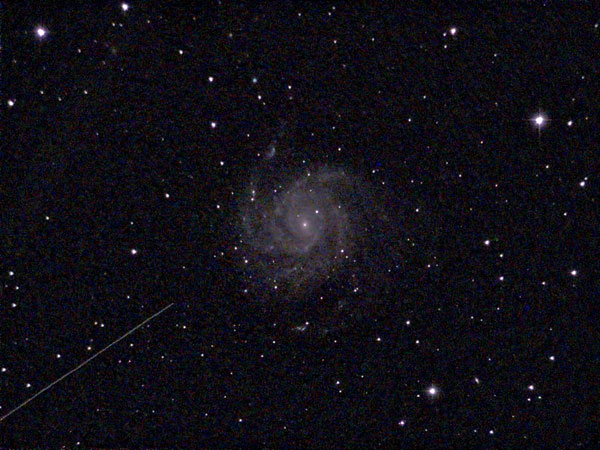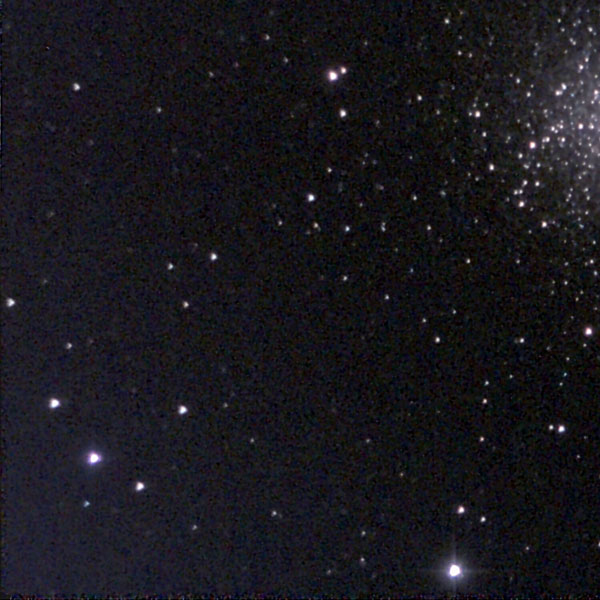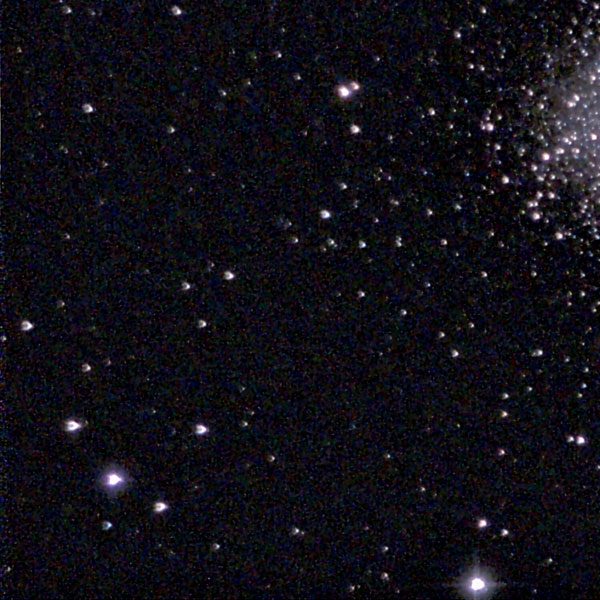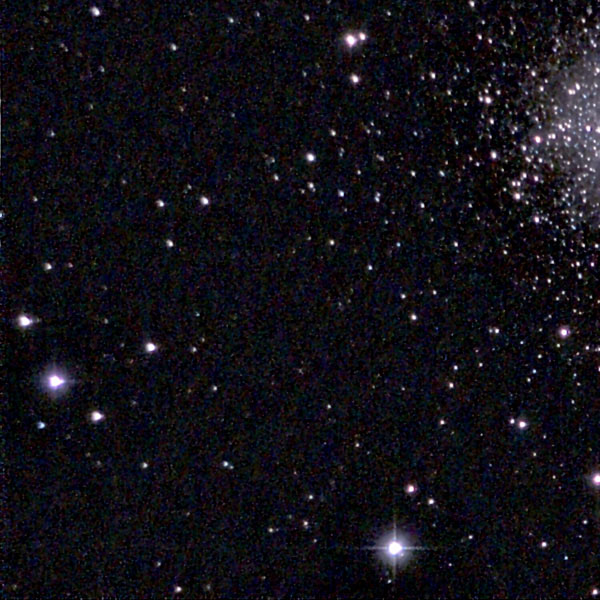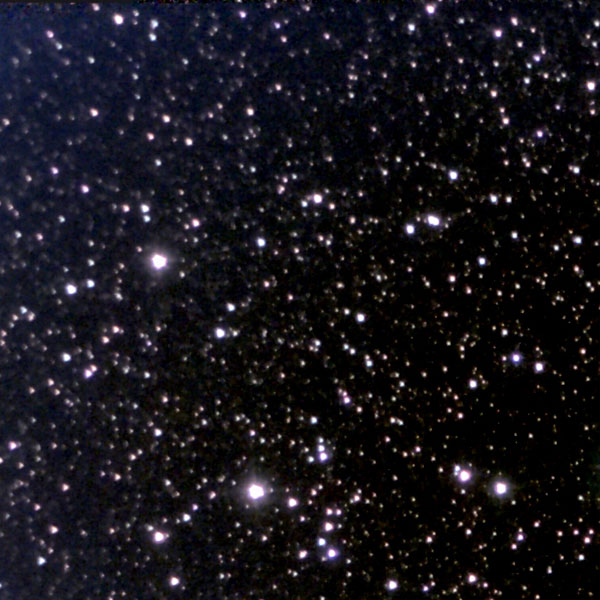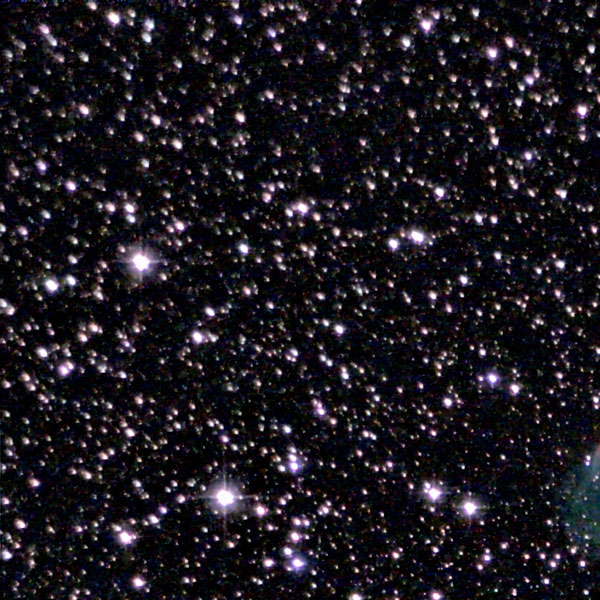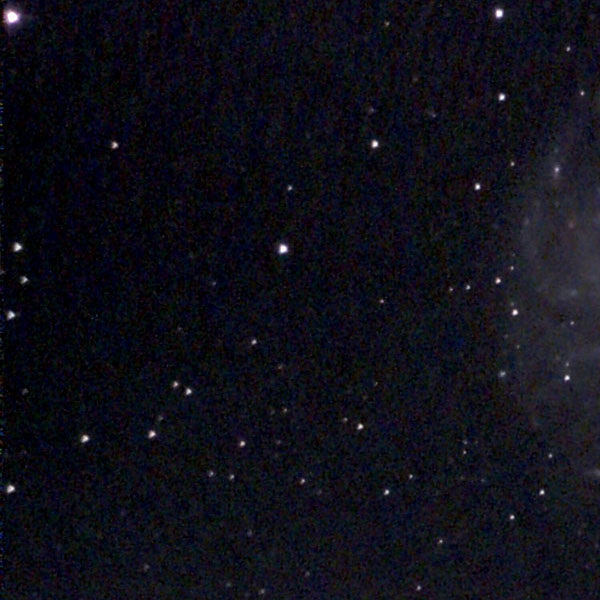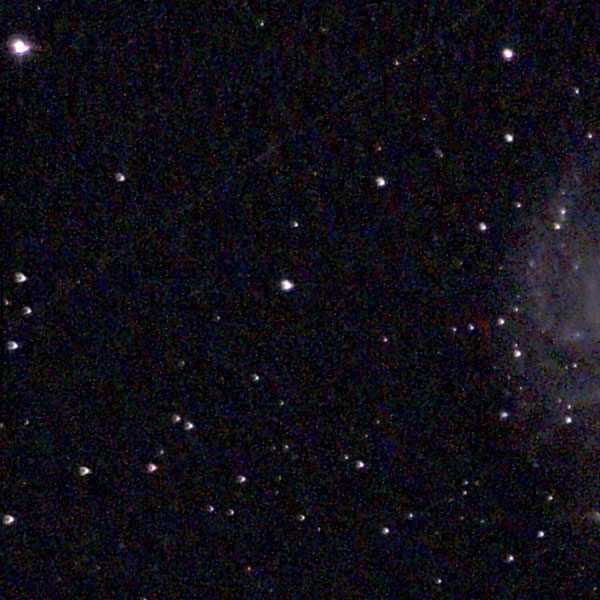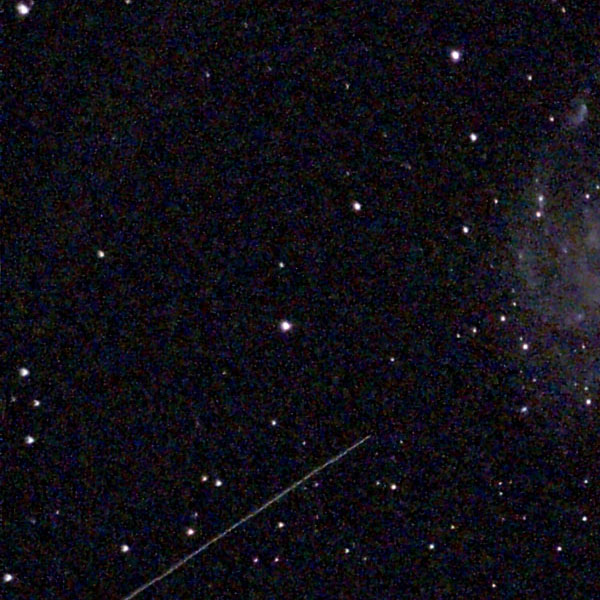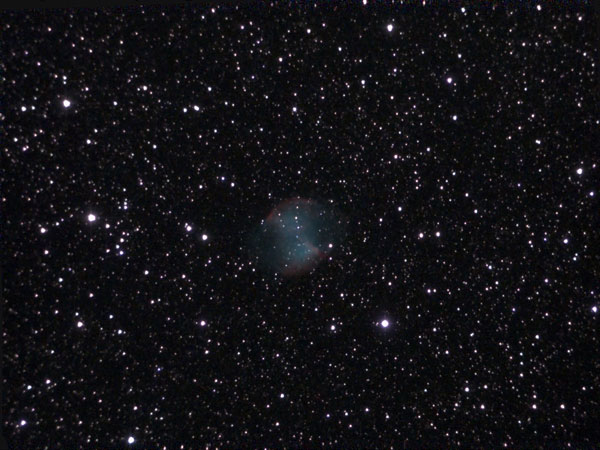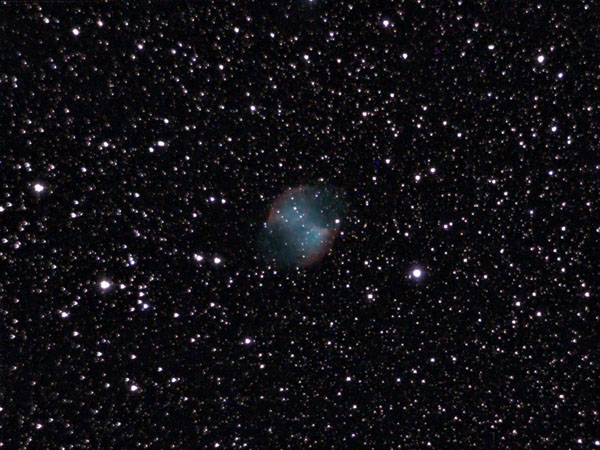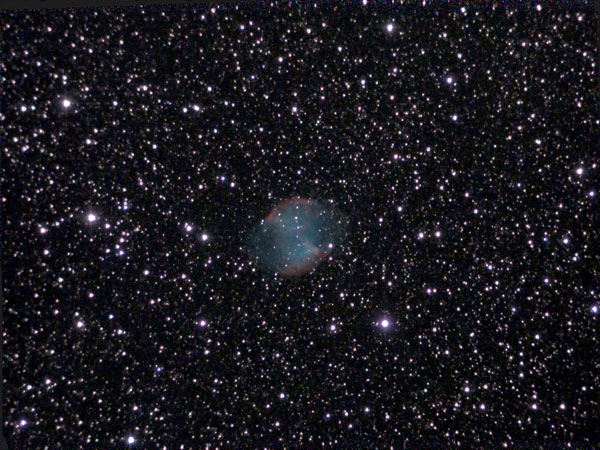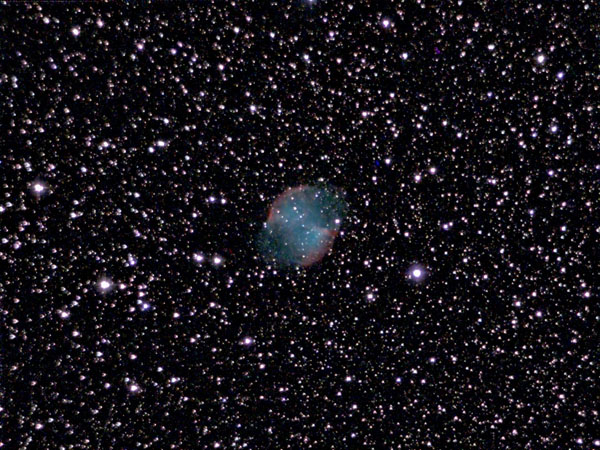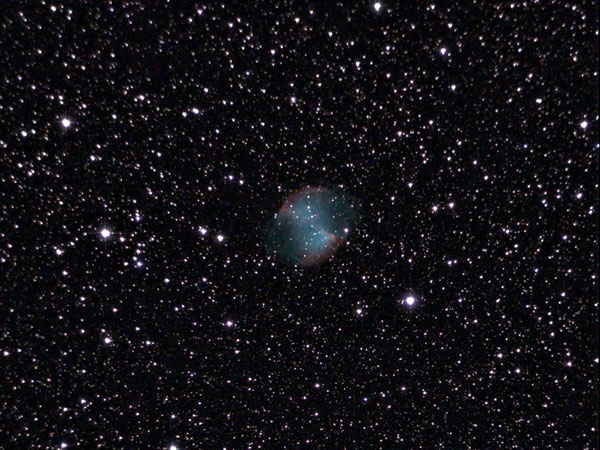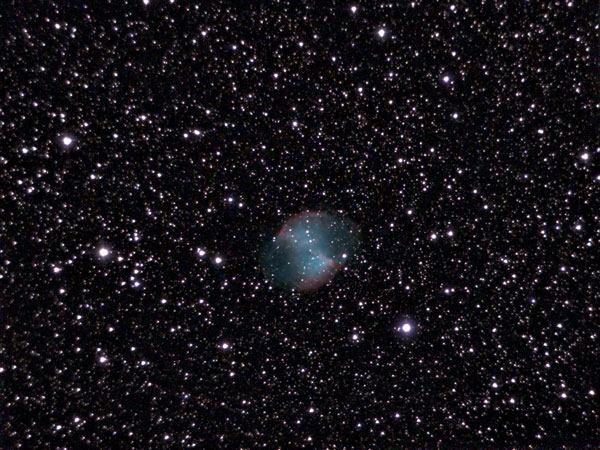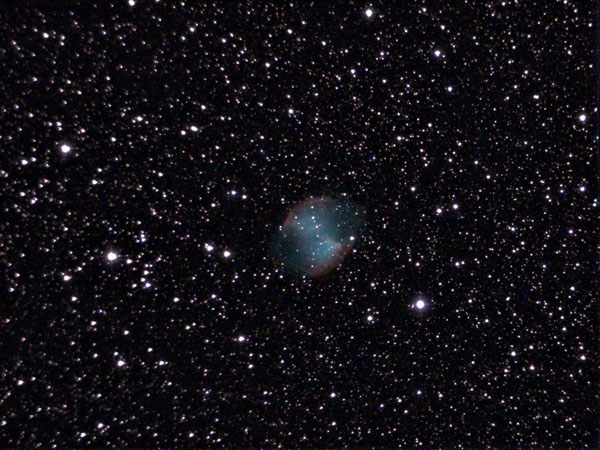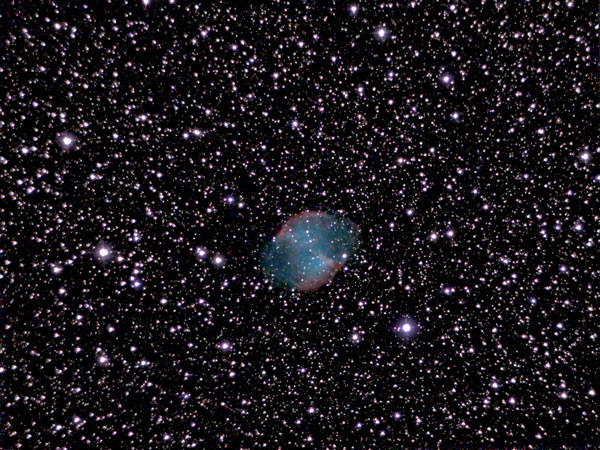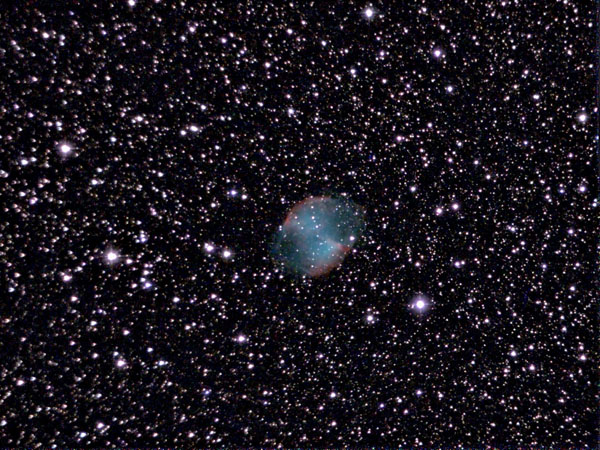Unistellar eVscope 2 - Collimation
Introduction | Comparison 1 | Comparison 2 | Another Test (Number 3) | Conclusions | Links
Archive
On this page, I deal with the collimation of my eVscope 2 (third sample), or better, the results of my collimation attempts. It turns out that I am currently (as of October 2023) not getting a good collimation on my eVscope 2.
Note: See page Overview of the Unistellar Pages for just that!
Introduction
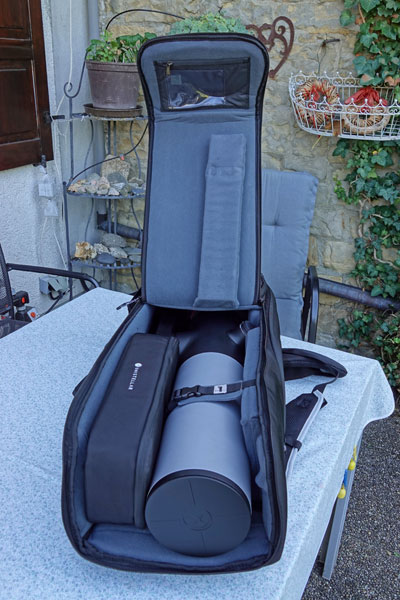 |
Photos: My third eVscope 2 (August 22, 2022)
My third copy of the eVscope 2 arrived at my home (August 2022) with a quite good collimation, and triangular stars were not very pronounced. That is why I had kept this sample. However, when I pulled out the eVscope 2 again in late August 2023, I was quite appalled at the plethora of triangular stars of all varieties that I saw in my photos.
While I believe that mirror tension rather than poor collimation is the cause of triangular stars, Unistellar blames poor collimation for them - returning the ball to eVscope 2 owners. In this case, it is me...
Comparison 1
I tried collimating my eVscope 2 in early September 2023 and would in this comparison like to compare images from the early days with this telescope with those that I took in late August 2023 and those that I took after a collimation attempt in early September 2023. These were my expectations for the comparison shots:
- Images 2022: Good collimation, no or only few triangular stars.
- Images end of August 2023: Poor collimation(?), many triangular stars
- Images at the beginning of September 2023: Better collimation(?), less triangular stars
To better compare the photos, I selected the same DSO in each case: M 13, M 27 and M 101. In addition, I show only processed (brightened) versions of the photos.
Full Image
Note: For the full images, be sure to click into the previews to see details. I also present sections below. For a discussion of the photos, see further down .
Sections
The sections should be sufficient to see triangular stars (click into the preview image to double the size). The results are discussed below!
Discussion
To cut a long story short, the original photos look the best, the photos taken after collimation are not quite as good, and the photos taken on Aug 21, 2023 show triangular stars the most pronounced. But even in the original photos, triangular stars can be found, albeit less pronounced. All in all, the collimation has somewhat reduced the appearance of triangular stars, but did not reach the original state (which is not perfect either...).
Comparison 2
Here I compare six photos of M 27 that I took over time. The first two photos show the condition as the telescope arrived with me, another one the deteriorated collimation condition after one year. Finally, I show three more photos after collimation attempts by me.
Full Image
Note: For the full images, be sure to click into the previews to see details. For a discussion of the photos, see below.
Discussion
Here I compare six photos of M 27 (Dumbbell Nebula), which I took in the course of time, with each other. In particular, it is about the evaluation of the star shapes in the left third of the image (click into the preview images and use the large versions for evaluation). The overall picture is similar to the first comparison:
- The photos from 2022 are best and more or less comparable (but also not "perfect").
- The photo from Aug 21, 2023 shows the worst star shapes.
- The photo from Sep 6, 2023 was taken after a collimation attempt and shows better star shapes than the one from Aug 21, but the star shapes are worse than those from the previous year.
- The October 2023 photos again show worse star shapes than the Sep 6 photo after two more collimation attempts and are quite similar.
So what is the bottom line from all this? I think it turns out that the eVscope 2 is difficult to collimate. Even the original condition with collimation from the manufacturer is not really perfect. Why the collimation was so much worse after a year, I unfortunately do not know. I had not transported my eVscope 2 much.... My subsequent collimation attempts hardly improved the situation and show that good collimation is difficult. I have to admit that I have my problems with it and also do not work "exactly" when collimating. For example, it is tedious to position the star used for collimation exactly at the center of the image. And using the Torx screwdriver is not easy either; it just does not want to fit into the recess (there are even speculations that there is a wrong Torx key in the tool kit, but I cannot confirm that).
In the end, I have no choice but to make further collimation attempts and hope that it will eventually work out and be "good enough"...
Another Test (Number 3)
In mid-December, I took out the eVscope again, also to check the collimation. First, I tried the moon, which appeared blurred despite adjusting the focus with the eVscope Bahtinov mask. When I then observed M 2, I saw the "mess". The stars were as bad as I had never seen them before! After a collimation attempt, I tested M 2 again, and the star images were much better now, although still not perfect. Perhaps this was the best collimation ever (but I did not quite finish it...). In the following, I show sample photos of M 2 before and after collimation.
In the lower row, I show a photo from November 2022 for comparison; this is very similar to the photo after collimation; so I was able to bring the eVscope 2 back to about the same condition as it was delivered to me.
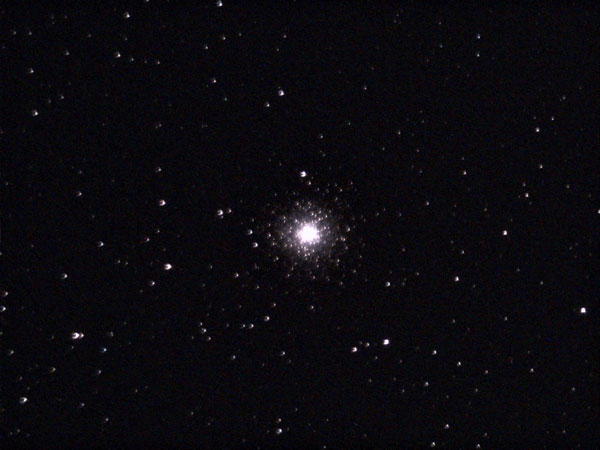 |
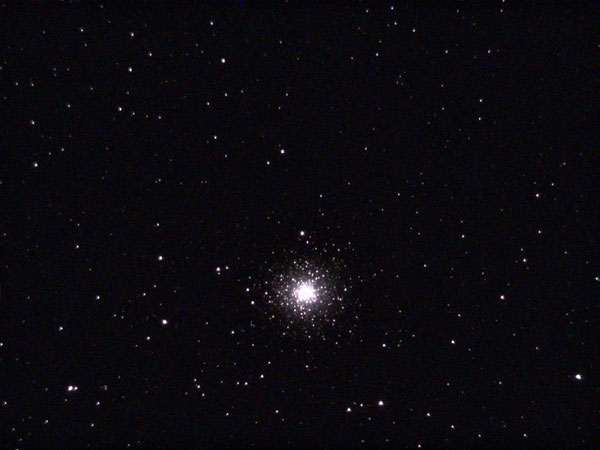 |
|
M 2 - 17.12.2023, 3 min, unprocessed, before the collimation - large |
M 2 - 17.12.2023, 5 min, unprocessed, after the collimation - large |
|
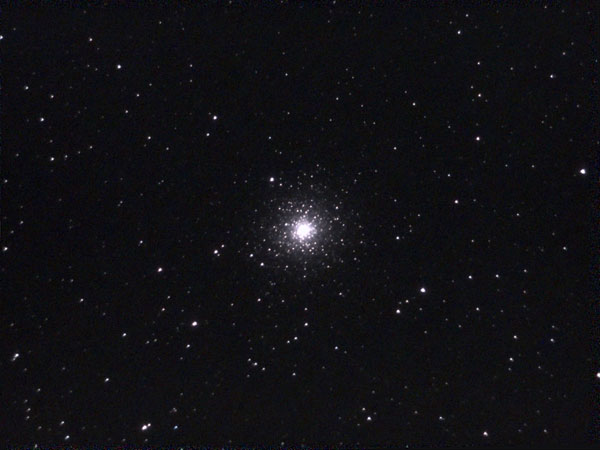 |
 |
|
M 2 - Nov 24, 2022 - for comparison - large |
M 2 - Nov 24, 2022 - for comparison - large |
The large versions show the differences most clearly!
Here are two more photos of M 27, showing the condition some time after delivery and after the last collimation. Overall, the first photo seems to show slightly better star shapes, but the difference is not too great. Thanks to the new DDT technology, the contrasts are better in the second photo.
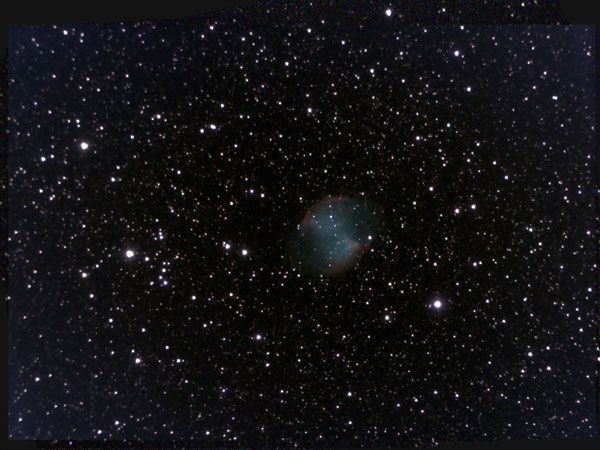 |
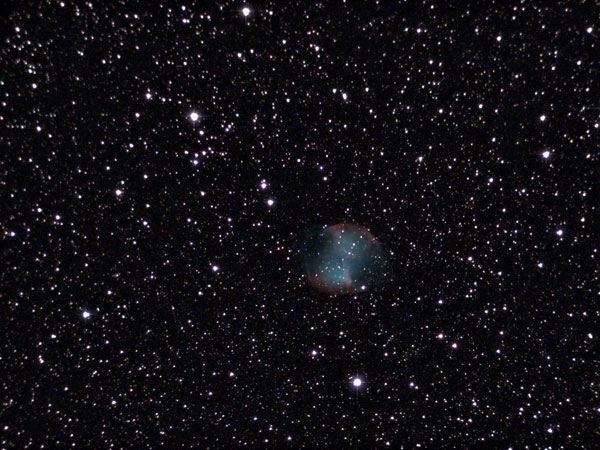 |
|
M 27 - Oct 22, 2022, 6 min, unprocessed |
M 27 - Dec 18, 2023, 7 min, unprocessed, DDT, after the collimation |
Conclusions
For a definitive judgement, further collimation attempts are needed. Thanks to my collimation attempt in December 2023, I came closer to the delivery state again.
Links
- Unistellar Website: unistellaroptics.com
- eVscope 2 product page: unistellaroptics.com/evscope2
- See also my page offering Astronomy Links.
| 11.06.2024 |
